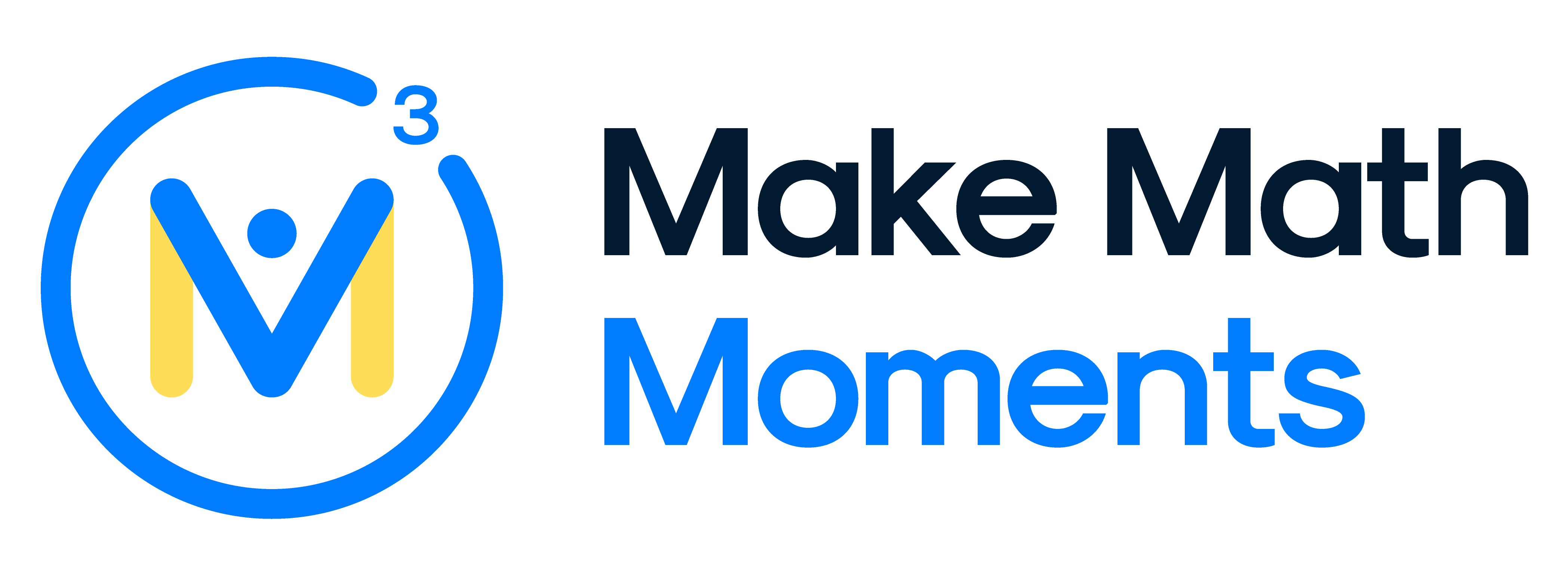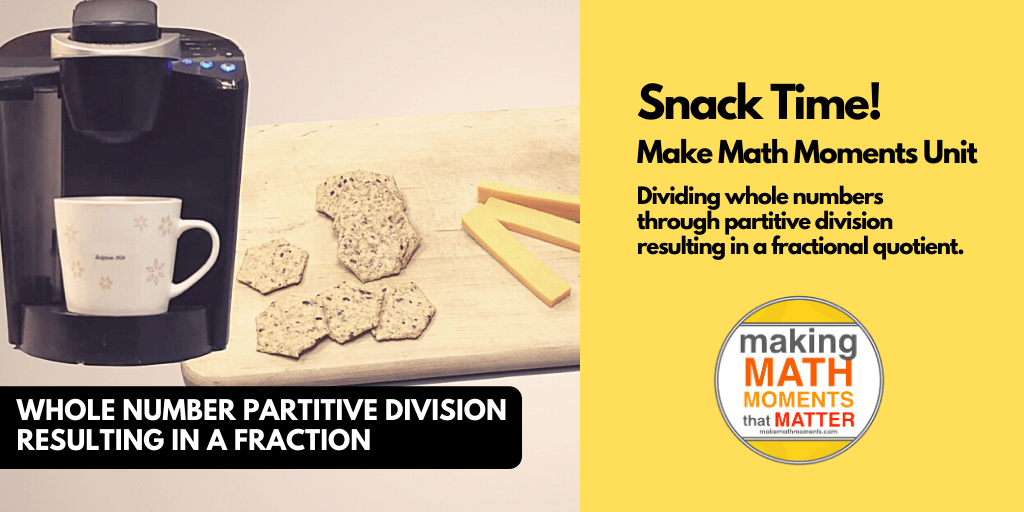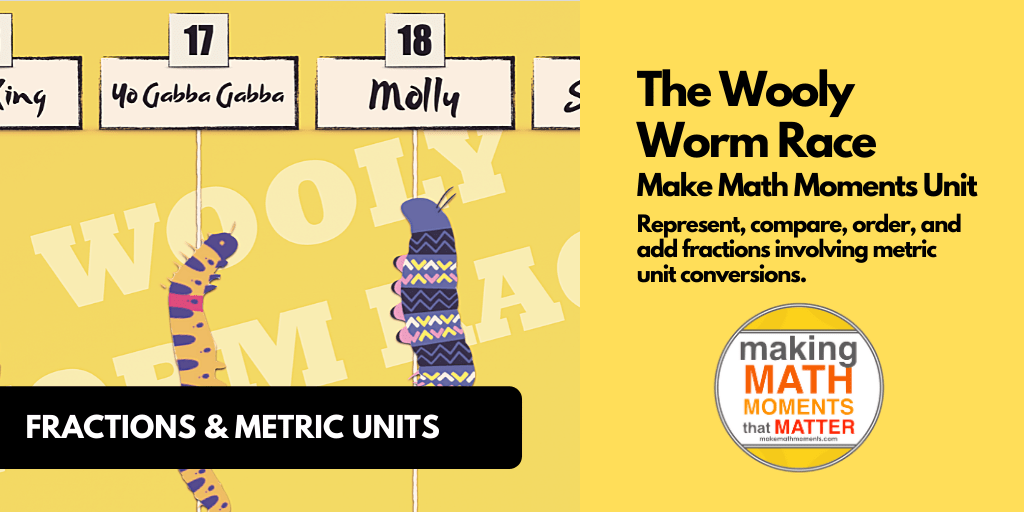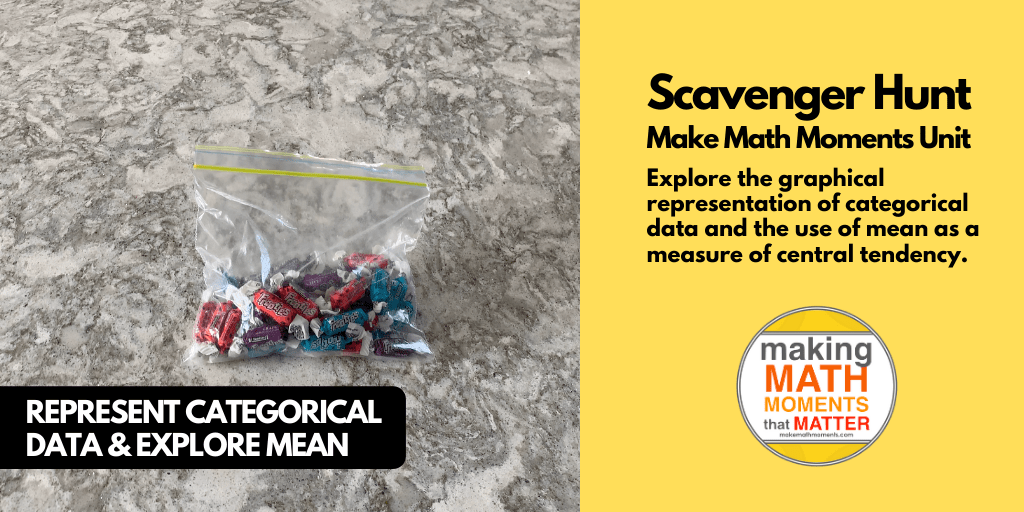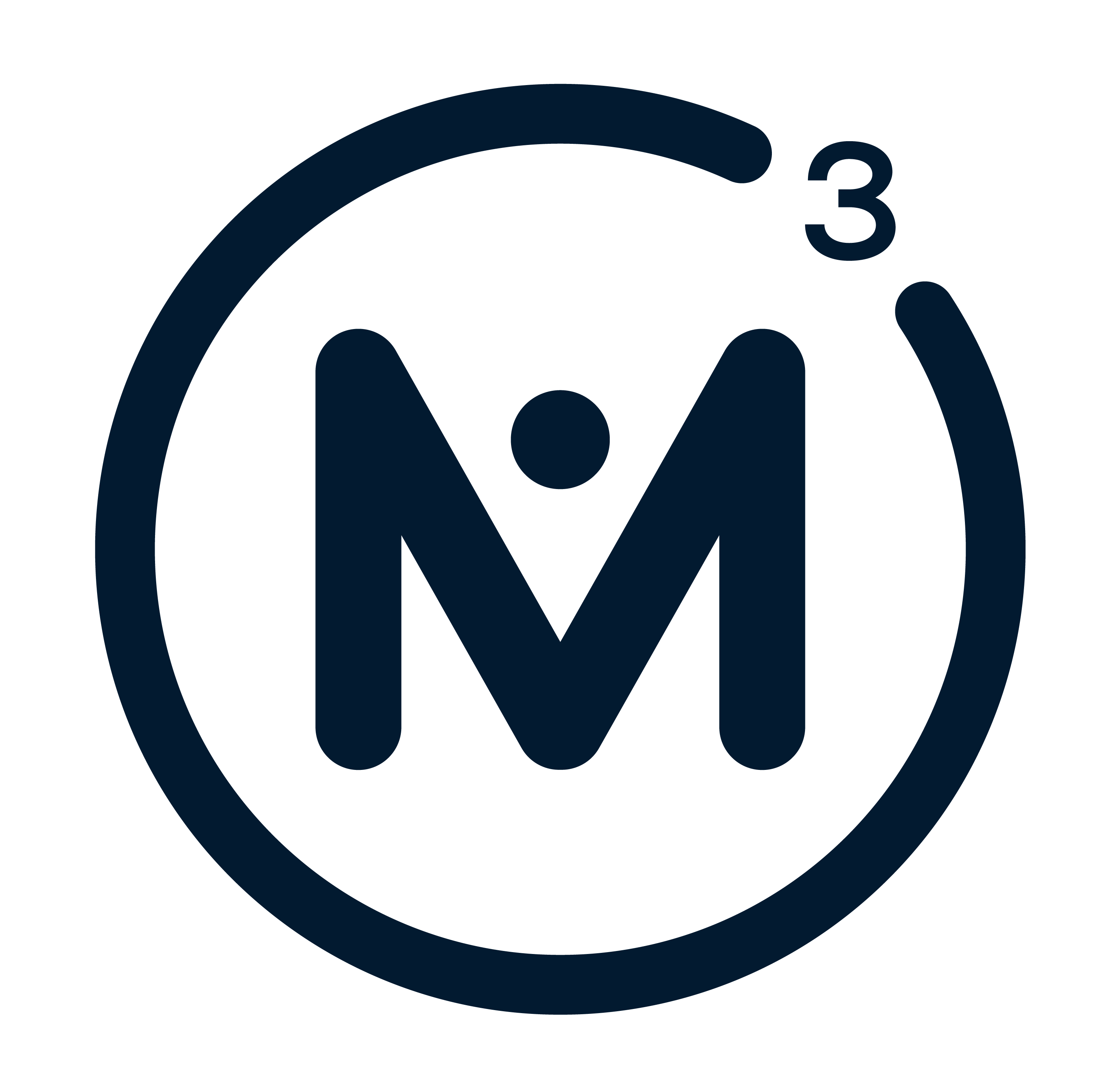How To Structure Math PLCs For Maximum Impact
Imagine two schools.
Both have teachers who meet every Wednesday for “collaboration time.”
In School A, teachers are working through instructional strategies, unpacking the standards by doing the math together, sharing student data, and refining lesson plans to put into practice their new understanding.
In School B, teachers are reviewing the scope and sequence to agree on what topics will be covered in the next week, classroom management tips and tricks, which practice set should be paired with which lesson, responding to emails, preparing for that parent night, and catching up on tasks they couldn’t squeeze into their packed schedules.
Here’s the kicker:
Both schools believe they’re using collaboration time effectively.
Only one is actually making progress.
Which one sounds familiar?
Here’s another kicker:
When collaboration time (think PLCs) was studied it was discovered that over 70% of that time was spent on pacing, logistics, and tips and tricks.
They were spending most of their time on the WHAT and the WHEN.
30% of the time was spent on the HOW and even less on the WHY.
When we think about PLCs or collaboration time we have this vision of teachers huddled around whiteboards, planning powerful learning experiences.
And sure, that happens (rarely).
But when you’re constantly being pulled into IEP meetings, sub coverage, or last-minute admin asks… it’s no wonder the needle isn’t moving the way we want it to.
If we want to see better student outcomes and more empowered educators, we have to get real about how we spend our time — especially our collaborative time — and we have to be committed to protecting it.
Intentionality matters.
Otherwise, we’re stuck in a loop of reacting instead of transforming.
But here’s the catch — it’s not your fault.
Most teachers aren’t choosing to sideline strategy and growth on purpose.
They’re drowning in demands, unclear expectations, misaligned priorities, and collaboration structures that were never designed to support real change — in short, as a system we’re not helping our educators protect and learn how to use collaboration time effectively.
So here’s the shift you can make:
- ✔ Start naming these categories during meetings. Bring visibility to how time is spent.
- ✔ Audit your next collab session. How much time is spent in the four categories (WHAT, WHEN, HOW, WHY)? – make the focus on the HOW and the WHY.
- ✔ Be brave enough to reallocate. Even shifting 15–20 minutes toward deeper instructional work can be a game-changer. Move from pacing and logistics to unpacking why this math idea, why does this matter, why does this math make sense, and how can we best give this epiphany to students.
- ✔ Protect collaboration time: Ensure that the instructional shift priorities align with the school/district vision for mathematics so that teachers, coaches, and administrators know the goals — alignment from all of these roles gives permission to turn off (or turn down) the competing priorities.
We don’t need more time — we need to just protect and better use of the time we already have.
Questions for you: Which shift(s) do you feel you can make now? Instead of asking: How can we make that shift? Replace it with: What would it take to make that shift? See the subtle difference?
Here are two videos that can shed some light on how to maximize your math PLC impact.
Get a Customized Math Improvement Plan For Your District.
Are you district leader for mathematics? Take the 12 minute assessment and you’ll get a free, customized improvement plan to shape and grow the 6 parts of any strong mathematics program.
LESSONS TO MAKE MATH MOMENTS
Each lesson consists of:
Each Make Math Moments Problem Based Lesson consists of a Teacher Guide to lead you step-by-step through the planning process to ensure your lesson runs without a hitch!
Each Teacher Guide consists of:
- Intentionality of the lesson;
- A step-by-step walk through of each phase of the lesson;
- Visuals, animations, and videos unpacking big ideas, strategies, and models we intend to emerge during the lesson;
- Sample student approaches to assist in anticipating what your students might do;
- Resources and downloads including Keynote, Powerpoint, Media Files, and Teacher Guide printable PDF; and,
- Much more!
Each Make Math Moments Problem Based Lesson begins with a story, visual, video, or other method to Spark Curiosity through context.
Students will often Notice and Wonder before making an estimate to draw them in and invest in the problem.
After student voice has been heard and acknowledged, we will set students off on a Productive Struggle via a prompt related to the Spark context.
These prompts are given each lesson with the following conditions:
- No calculators are to be used; and,
- Students are to focus on how they can convince their math community that their solution is valid.
Students are left to engage in a productive struggle as the facilitator circulates to observe and engage in conversation as a means of assessing formatively.
The facilitator is instructed through the Teacher Guide on what specific strategies and models could be used to make connections and consolidate the learning from the lesson.
Often times, animations and walk through videos are provided in the Teacher Guide to assist with planning and delivering the consolidation.
A review image, video, or animation is provided as a conclusion to the task from the lesson.
While this might feel like a natural ending to the context students have been exploring, it is just the beginning as we look to leverage this context via extensions and additional lessons to dig deeper.
At the end of each lesson, consolidation prompts and/or extensions are crafted for students to purposefully practice and demonstrate their current understanding.
Facilitators are encouraged to collect these consolidation prompts as a means to engage in the assessment process and inform next moves for instruction.
In multi-day units of study, Math Talks are crafted to help build on the thinking from the previous day and build towards the next step in the developmental progression of the concept(s) we are exploring.
Each Math Talk is constructed as a string of related problems that build with intentionality to emerge specific big ideas, strategies, and mathematical models.
Make Math Moments Problem Based Lessons and Day 1 Teacher Guides are openly available for you to leverage and use with your students without becoming a Make Math Moments Academy Member.
Use our OPEN ACCESS multi-day problem based units!
Make Math Moments Problem Based Lessons and Day 1 Teacher Guides are openly available for you to leverage and use with your students without becoming a Make Math Moments Academy Member.
Partitive Division Resulting in a Fraction
Equivalence and Algebraic Substitution
Represent Categorical Data & Explore Mean
Downloadable resources including blackline masters, handouts, printable Tips Sheets, slide shows, and media files do require a Make Math Moments Academy Membership.
Use our OPEN ACCESS multi-day problem based units!
